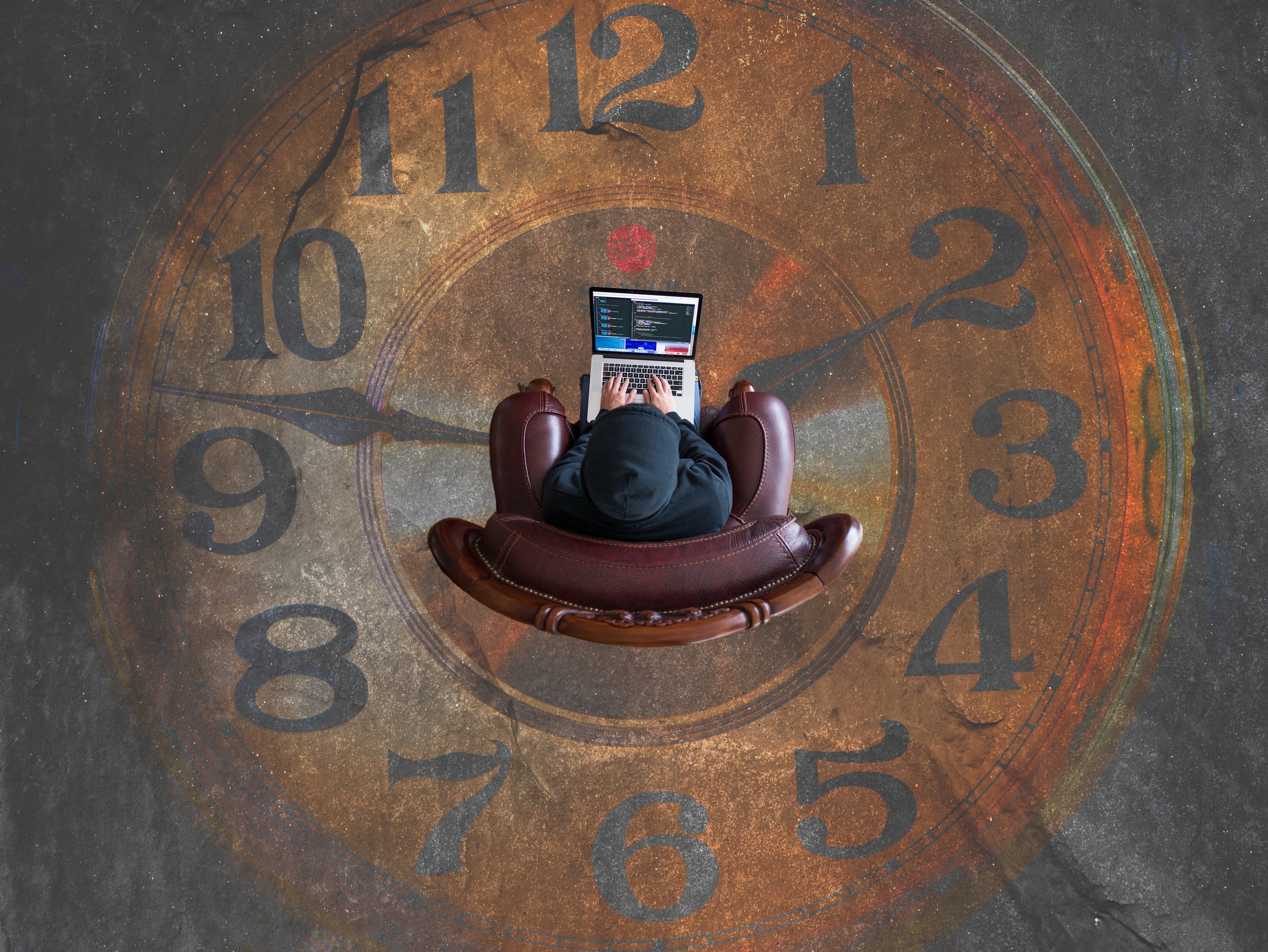The chronology of your story affects the way the reader experiences the plot. One thorny aspect of chronology is the question of whether to use flashbacks as a way of exploring events that happened before the main timeframe of the story. It’s a technique that enables us to pop into an event in the past before returning to the main plot. Some readers and writers hate the things, seeing a flashback as a cheat or interruption, something that breaks the spell of the unfolding plot, something clunky writers use for exposition of back story when they can’t think of any other way of conveying the information.
How do you feel about writing flashbacks? Personally, I love them, but I do see the problems they can present. They can be a distraction or they can come across as lazy. They can be unwieldy. They can distract you from what is gripping you in the now of the story. They can even be more enjoyable than the main narrative so the reader doesn’t want to return to the now at all!
So here are four key questions to ask yourself when you decide to write one:
1. What is your intention with this flashback? Why are you writing it?
2. Is the flashback the only or the best way of achieving your purpose?
3. Where are you going to place the flashback? (And will you have more than one flashback or is this a one-off?)
4. How easy will it be for the reader to come back into the main storyline after the excursion into the past?
At its best, a flashback is another way of showing rather than telling. You’re highlighting how something came about or how a character experienced something which has ramifications for them in the future. You’re setting up ironies and contrasts between the then and the now. You’re revealing your character’s ‘ghosts’, the baggage they have carried into their future. You’re doing it by presenting a scene into which the reader can enter. If you write ‘Joanna could never trust anyone because when she was little her father walked out, walked away from his family to start a new life without them’, of course your reader will react with sympathy. But if you write a scene where little Joanna watches him stride down the path and she is willing him to turn round and give her that special smile of his, only he doesn’t; he keeps on going and he turns the corner …
Your reader is in the experience. They feel it.
Here’s a quick exercise:
Choose one of these story situations and the character attitudes/reactions of the character involved. Come up with a flashback from the current situation, showing a connection between that flashback and how the character has ended up in the current scenario. It’s not just about how they’ve ended up in this situation — it’s about how they go on to handle it.
1. A bank or business is about to fail. The manager is desperate to cling to his/her status and deny what is inevitably going to happen.
2. A woman learns she has been betrayed. She is resigned to it happening to her.
3. A doctor is fighting to save a life. He/she is driven, exhausted.
4. A diet and fitness guru is about to go on a binge. He/she is secretive.
Where do you think the story will go, once you return to the now? Because here’s the thing: sometimes flashbacks show you a richer story and guide you to a more complex, nuanced delivery of it than you at first imagined. So it’s best not to dismiss them out of hand.


